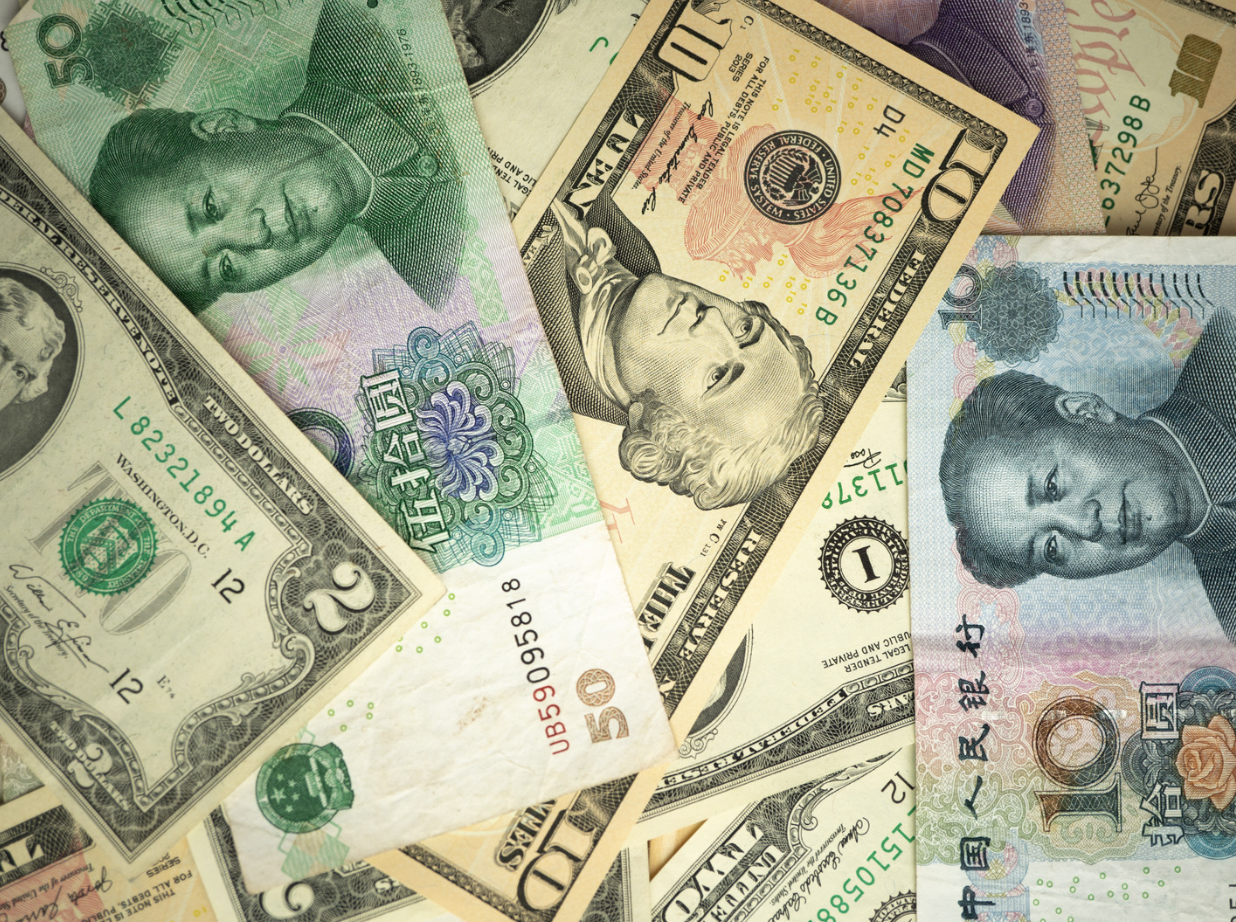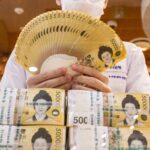The U.S. dollar is poised to break its five-week losing streak, holding steady near a one-week high against major currencies on Friday, following robust economic data that led investors to adjust expectations for aggressive Federal Reserve interest rate cuts. Meanwhile, the Chinese yuan surged to its highest level since June 2023, reflecting growing optimism in the currency market.
Dollar Gains Ground Amid Strong U.S. Economic Data
The U.S. dollar index, which tracks the currency against a basket of six major peers, remained flat at 101.37 on Friday. This stability comes after a 0.36% rise on Thursday, reaching a high of 101.58, the strongest since August 22. The dollar’s strength this week is largely due to revised data showing the U.S. economy grew at an annualized rate of 3.0% in the second quarter, up from the previously reported 2.8%.
These figures have prompted investors to reconsider the likelihood of significant interest rate cuts by the Federal Reserve. While traders still anticipate a rate cut in September, the probability of a more substantial 50-basis point reduction has decreased to 34% from 38% the previous day, according to the CME Group’s FedWatch Tool.
Yuan and Euro Show Divergent Movements
In contrast to the dollar, the Chinese yuan continued its upward trend, reaching its strongest level since June 2023. The onshore yuan strengthened to 7.0825 per dollar before settling at 7.0913, marking an approximate 2% gain for August. The currency’s rise is driven by increased corporate demand and growing expectations of U.S. rate cuts, which could bolster the Chinese economy.
The euro, meanwhile, saw little change, trading slightly higher at $1.1086. Recent data confirmed that eurozone inflation has eased significantly, slowing to 2.2% year-on-year in August from 2.6% in July. This trend supports the European Central Bank’s (ECB) path toward reducing interest rates again next month. Despite this, the euro fell to a one-week low on Thursday due to cooler-than-expected German inflation, which reinforced market expectations of further ECB cuts.
Mixed Reactions Among Other Currencies
Sterling edged up by 0.1% to $1.318 after dipping to a one-week low of $1.3146 overnight, following the dollar’s ascent. The Japanese yen hovered near the closely watched 145-per-dollar level after weakening on Thursday, despite data showing a faster-than-expected rise in Tokyo’s core consumer prices for August.
The Australian dollar remained relatively unchanged at $0.68 after reaching its highest point since January 2 at $0.6824 the previous day. This stability comes even after unexpected stagnation in retail sales data, as the Aussie dollar continued to benefit from stronger-than-anticipated consumer price figures earlier in the week.
Looking Ahead
Investors are now focusing on the upcoming release of the core personal consumption expenditures price index, the Federal Reserve’s preferred inflation measure, which could further influence currency markets. As the U.S. dollar aims to cap its best week since early April, and the yuan experiences its largest monthly rise since November, global markets are closely monitoring economic signals to gauge future monetary policy shifts.
Trump Sons Dive Into Cryptocurrency With Launch Of ‘World Liberty





